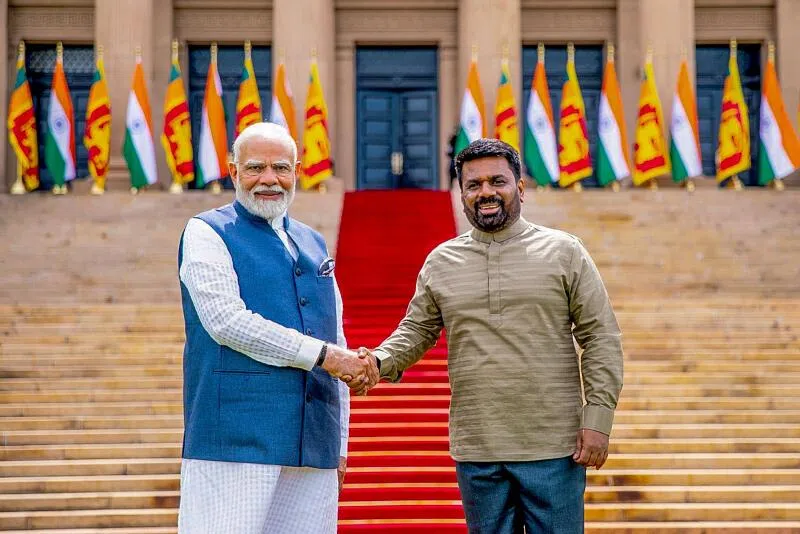Sri Lanka is planning a major energy hub with India and the UAE. On April 25, 2025, the country’s energy minister announced that talks will start in late May. This project aims to leverage Sri Lanka’s strategic location to boost its economy after a financial crisis. Here’s what’s in store and why it’s a big deal.
Kicking Off Talks
Sri Lanka’s energy ministry is ready to roll. Representatives from Ceylon Petroleum, Indian Oil, and UAE’s AD Ports will meet in late May to draft a business plan. “A joint project monitoring committee has been set up to oversee the development of the business plan and eventually finalise detailed proposals,” said Energy Ministry Secretary Udayanga Hemapala. President Dissanayake also discussed energy cooperation with UAE Deputy Prime Minister Sheikh Abdullah Bin Zayed Al Nahyan in Colombo this week.
What’s the Plan?
The energy hub will be in Trincomalee, an eastern harbor city. It’ll include a multi-product pipeline, bunkering facilities, and possibly a refinery. A World War II-era storage tank farm, partly owned by Indian Oil’s Sri Lankan subsidiary, will also be developed. Sri Lanka’s 2015-2025 Energy Sector Plan aimed to make the country a regional hub by increasing refinery capacity and building an oil storage center in Trincomalee, per policy.asiapacificenergy.org. This project builds on that vision.
Key Highlights
- Location: Trincomalee, with a multi-product pipeline and bunkering facilities.
- Partners: Ceylon Petroleum, Indian Oil, and AD Ports from UAE.
- Timeline: Talks start in late May 2025.
- Existing Plan: 2015-2025 goal to make Sri Lanka a regional energy hub.
Why It Matters
Sri Lanka’s location in the Indian Ocean is a goldmine. It sits on key shipping routes, making it perfect for an energy hub. This project could bring in revenue and jobs, helping the country recover from its financial crisis. It also strengthens ties with India and the UAE. But it’s not without competition—China’s Sinopec signed a $3.2 billion deal to build a refinery in Hambantota, Sri Lanka’s southern port, per Reuters.
Challenges Ahead
Turning plans into reality won’t be easy. Funding, land, and geopolitical tensions could slow things down. Trincomalee’s energy projects have faced local pushback before, as a Lowy Institute report noted. India, China, and now the UAE are all vying for influence in Sri Lanka’s energy sector, which could complicate matters. Still, the joint committee gives this project a structured start.
The Bigger Picture
Sri Lanka is pushing renewables too. The Sri Lanka Sustainable Energy Authority is running two 1 MW floating solar pilots in Monaragala and Rathnapura, funded by South Korea, per energy.gov.lk. But the Trincomalee hub focuses on oil and gas, showing a balanced approach. With 98% grid connectivity and 442 MW of non-conventional renewables already, Sri Lanka is building a diverse energy mix.
This energy hub could put Sri Lanka on the global map. With India and the UAE on board, Trincomalee might soon be a bustling center for energy trade. The talks in May will set the tone.

